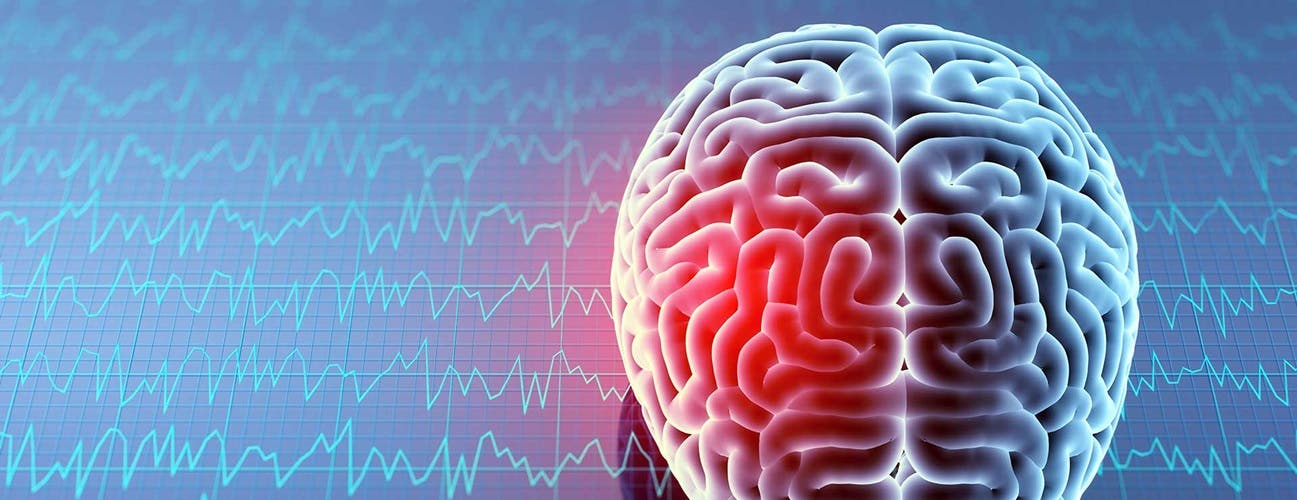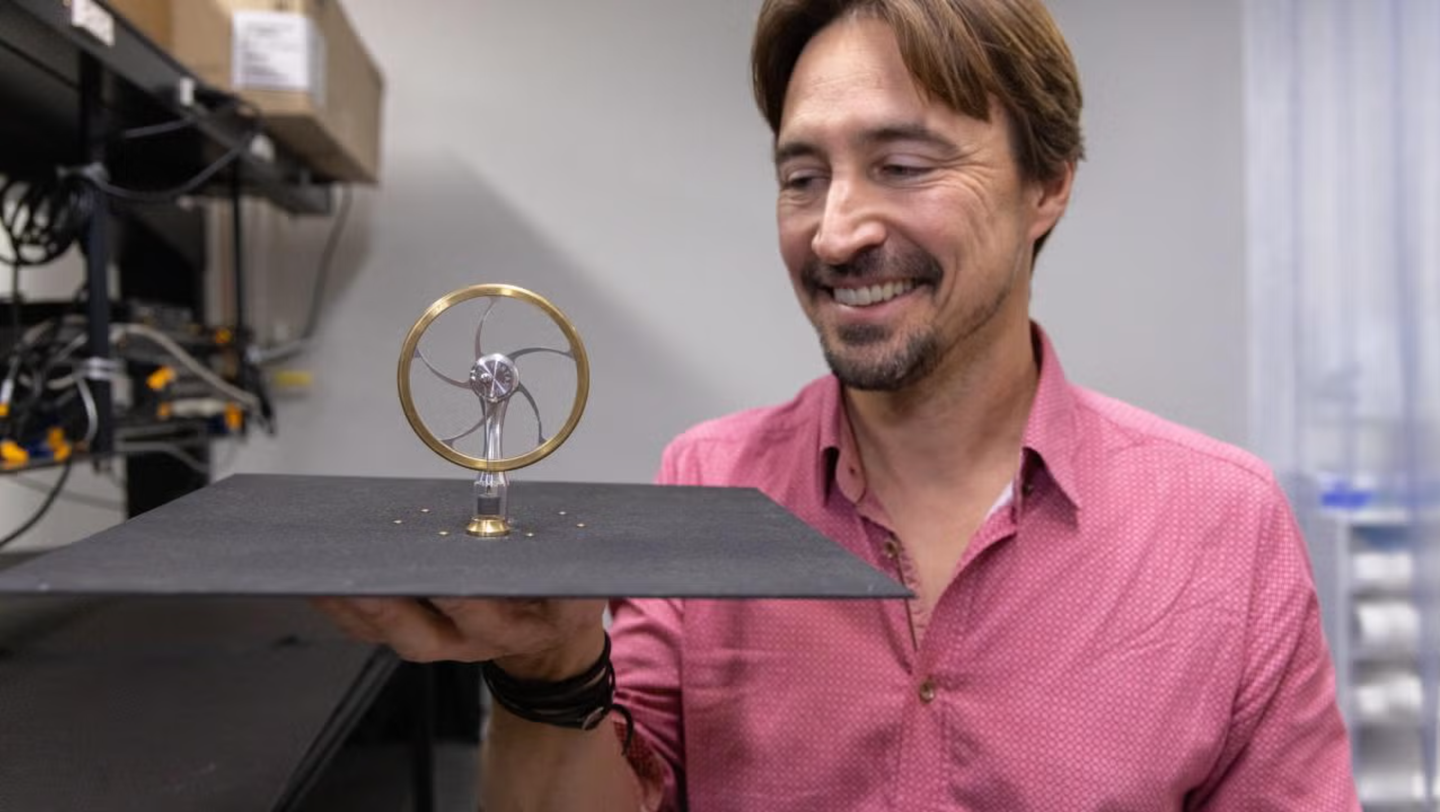New portable optical sensor could detect brain injury through a single drop of blood
A portable optical sensor system would allow a medic or layperson to quickly diagnose the severity of a brain injury in the field

[August 26, 2021: UMass Amherst]
A portable optical sensor system that would allow a medic or layperson to quickly diagnose the severity of a brain injury in the field from a single drop of blood could become a reality under a University of Massachusetts Amherst researcher’s $3.4 million grant from the National Institutes of Health (NIH).
Nianqiang Wu, the Armstrong-Siadat Endowed Professor in Chemical Engineering at UMass Amherst, is principal investigator on the project.
The pioneering optical sensor system consists of an ultra-sensitive test strip, similar to a pregnancy test strip, and a portable optical reader to record the results. Its internal structure is engineered with nanotechnology to amplify detection signals and reduce false alarms. A drop of the victim’s blood from a finger prick is applied to the test strip and then fed into the diagnostic reader. The technique is similar to one used by millions of diabetics to test their blood sugar.
Traumatic brain injury (TBI) is commonly caused by a violent blow or jolt to the head. The most common causes are falls, traffic accidents, assaults and sports injuries. According to the Centers for Disease Control, about 50,000 people die from TBI-related cases each year in the U.S. and 5.3 million people live with disabilities caused by TBI.
Today’s methods for diagnosing the severity of TBI are neither rapid nor field ready. They consist of imaging tests such as CAT or MRI scans or observational tests made over time, such as loss of consciousness, memory loss or ability to move. The total direct and indirect costs for TBI treatment are estimated to be $60 billion annually in the U.S. alone.
“Currently blood tests require a tube of blood from venipuncture and take hours or days to get the test reports from a central laboratory,” says Wu. “This device can be read with a portable reader by a layperson at emergency rooms, clinics, football [fields], [playing] courts and at home.”
The device will be able to supply results within 25 minutes, Wu estimates. “If successful, such an inexpensive and rapid diagnostic testing tool will change practice in diagnosis of traumatic brain injury in the emergency departments and pre-hospital settings. It will increase the accuracy of diagnosis, reduce costs, and allow for earlier medical treatment aimed at mitigating both short- and long-term sequelae (pathological conditions).”
Wu’s NIH research is a collaborative project involving multidisciplinary researchers from several institutions and hospitals, including the University of Texas Southwestern Medical Center and the University of Massachusetts Medical School.
Like these kind of feel good stories? Get the Brighter Side of News' newsletter.
Tags: #New_Innovations, #Brain_News, #Medical_News, #Blood, #Trauma, #The_Brighter_Side_of_News



